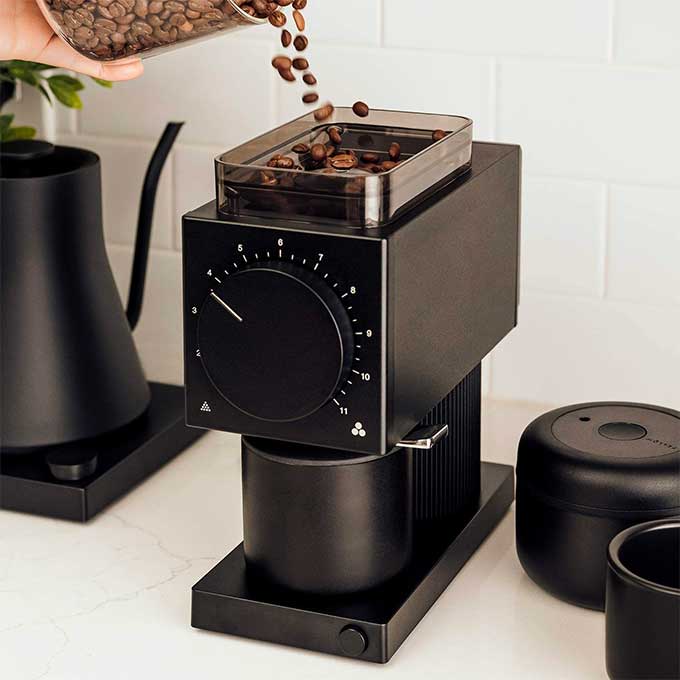Cafe con leche is a delicious and energizing drink that can be enjoyed anytime. Making cafe con leche is easy and requires only a few simple ingredients. In this guide, we’ll walk you through the steps for making cafe con leche and show you some tips for creating the perfect cup.
What is Cafe Con Leche?
Cafe con leche, or “coffee with milk,” is a classic Spanish coffee beverage staple in many Spanish and Cuban homes. It consists of espresso coffee mixed with steamed milk, usually in a 1:1 ratio. It is similar to a cappuccino but with a stronger coffee flavor. Cafe con leche is typically served in a large mug or glass and is often accompanied by a sweet snack such as a pastry or biscuit. The drink is popular in many parts of the world, particularly in Latin America, where it is a beloved morning ritual. Cafe con leche is a great way to start your day with a caffeine boost and is a delicious way to experience the unique flavors of the Spanish-speaking world.
How To Make Cuban Cafe Con Leche At Home?
First, we’ll discuss all the ingredients and equipment necessary to make café con leche. Then, we’ll provide instructions on how to make the ideal cup of this beverage at home.

Cuban Cafe Con Leche Recipe
Equipment
- Moka pot
- Stovetop
- Spoon
- Whisk
- Small bowl
Ingredients
- Filtered water
- Finely-ground Cuban coffee
- 10 ounces milk
- 2 tbsp sugar
Instructions
- Fill the bottom compartment of the Moka pot with water. Add your desired amount of ground coffee to the filter basket. Screw on the top compartment securely and place the Moka pot on the stove. Use medium heat – too much heat will ruin the flavor of the coffee.
- Place the desired amount of milk into a pot over medium-low heat. Bring the milk up to temperature and remove it from heat before it boils.
- Add the espresso and milk to your coffee mug. Stir well.
- Add 2 tablespoons of sugar and the same amount of espresso into a small bowl. Whisk until the sugar dissolves. Once the mixture forms a light brown foam, pour it on top of your cafe con leche.
Ingredients and Equipment

Making delicious Cuban coffee requires a few simple ingredients. First, you’ll need filtered water. This is important because it will help to ensure that the coffee has the best possible flavor. You’ll also need finely-ground Cuban coffee, which can be found in most grocery stores or online. Next, you’ll need about 10 ounces of milk, depending on how strong you like your coffee. Finally, you’ll need two tablespoons of sugar to taste.
Regarding the equipment, you’ll need a Moka pot to prepare the espresso. Next, you’ll need a device to heat the milk, such as a stovetop. Lastly, you’ll need a spoon, whisk, and a small bowl to make the so-called espuma, i.e., sugary foam.
Making cafe con leche
Step 1: Fill the bottom compartment of the Moka pot with water. Ensure not to overfill it, as this can cause the water to boil over when heated. Next, add your desired amount of ground coffee to the filter basket. Once you’ve done that, screw on the top compartment securely and place the Moka pot on the stove. Use medium heat to avoid scorching your coffee; too much heat will ruin its flavor. Keep an eye on it while it’s brewing; once you hear a hissing sound from the spout, your espresso is ready!
Step 2: Place the desired amount of milk into a pot over medium-low heat. Bring the milk up to temperature and remove it from heat before it boils.

Step 3: Add the espresso and milk to your coffee mug. Stir well.
Step 4: Add two tablespoons of sugar and the same amount of espresso into a small bowl. Whisk until the sugar dissolves. Once the mixture forms a light brown foam, pour it on top of your cafe con leche. Enjoy!
Contents


